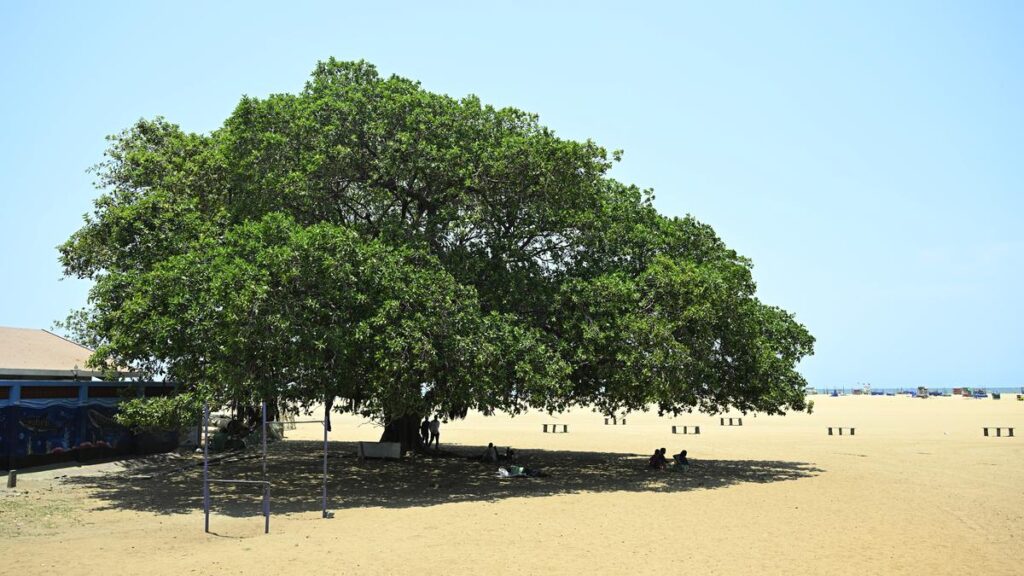India is heating up — and it’s not just the usual suspects like Delhi or Rajasthan bearing the brunt. Places once known for their temperate climates, like Bengaluru and Shimla, are now registering record-breaking temperatures. This shift is more than just a summer inconvenience; it’s a public health emergency in slow motion.
According to the India Meteorological Department (IMD), March 2025 was among the hottest months in over a century, with maximum temperatures in parts of south India breaching 40°C — a first in several decades. The World Meteorological Organization (WMO) has also forecasted that 2025 could be among the warmest years on record, owing to the compounding effects of climate change and El Niño.
But the heatwave story is no longer just about temperature: it’s about whom it affects — and how unprepared we still are.
Going from pleasant to perilous
Traditionally moderate cities are now facing climate stress due to a cocktail of urban expansion, loss of green cover, and vehicular pollution. A recent study published in Science of the Total Environment (2024) highlights how urban land use changes in Bengaluru have intensified the urban heat island effect, making nighttime temperatures dangerously high and reducing natural cooling periods. Shimla, once a summer escape, has also seen temperature spikes due to rampant construction and ecological degradation. This is a particularly worrying trend, because these cities were never designed with extreme heat in mind.
For our youth, rising temperatures can affect school attendance and learning outcomes, apart from prompting heat-related school closures in coming months if the heat soars unabated. Infrastructure, housing, and healthcare systems in such regions too, are ill-equipped to handle the scale of the crisis unfolding.

The invisible threat of heat on health
While most of us experience heat as discomfort, for those living with non-communicable diseases (NCDs) — such as diabetes, cardiovascular diseases, or respiratory illnesses — the consequences can be fatal.
High temperatures lead to dehydration, increased heart rates, and electrolyte imbalances, all of which worsen chronic conditions. Certain medications like diuretics or beta-blockers further reduce the body’s ability to regulate temperature. The risk of hospitalisation and even mortality increases significantly for individuals with pre-existing health issues — a fact that’s still missing from most public advisories.
A mistake policymakers – and even healthcare workers – often make is lumping “vulnerable groups” such as children, the elderly, pregnant women, and outdoor workers into a homogenous category. The reality is that each of these sub-groups have unique needs and vulnerabilities – and often have the least access to information or cooling measures. There is an urgent need to “ungroup” this group when we discuss either their health effects or the adaptation responses to be tailor-made for them.
Leading by example
India’s first Heat Action Plan (HAP), launched in Ahmedabad in 2013, has emerged as a blueprint for other cities. The plan was developed after a deadly heatwave in 2010, which claimed over 1,300 lives. Since then, the HAP has implemented early warning systems, trained healthcare professionals, and ensured water distribution in high-risk areas among other adaptation solutions like cool-roofs and changes in work schedules . Implementing a Heat Action Plan is no mean feat – it involves inter-agency coordination, heat alert systems, capacity building for healthcare professionals, and constantly innovating.
What sets the HAP apart is its focus on vulnerable groups — slum dwellers, children, outdoor workers — and its integration into municipal planning. According to the National Disaster Management Authority (NDMA), cities like Nagpur, Bhubaneswar, and Surat among several others have since adopted similar models, showing that local government action can save lives when paired with data and community engagement.
What communities can do
While policy shifts are crucial, local communities don’t have to wait for top-down action. Small but strategic interventions can reduce indoor heat and prevent illness. Painting rooftops white or using heat-resistant mosaic tiles can reduce indoor temperatures by up to 5°C — a huge difference for households without access to air conditioning. Establishing cooling stations, water dispensing hubs, and cool bus-stops are emerging solutions that have been deployed successfully in some cities. We can even take a leaf out of our ancestors’ books, and explore atypical working hours, ensuring that people step out of their homes when the weather is at its most moderate .
Hospitals, too, can adapt by relocating sensitive departments such as Neonatal Intensive Care Units (NICUs) to lower, cooler floors, or preparing specialised heatstroke wards. These measures have seen success in Ahmedabad, and heatstroke wards are now being advocated under the MoHFW’s National Programme on Climate Change and Human Health. Ensuring uninterrupted power for fans, cooling devices, and hydration stations in healthcare facilities can also be life-saving during peak heatwaves.
Community awareness — from schoolchildren to resident welfare associations — must be part of the solution. Heat doesn’t discriminate, but its impact is felt most by those least equipped to respond.

The path ahead
The rising frequency and severity of heatwaves are no longer future risks — they are current realities. And the solutions must be just as immediate.
We need more granular, city-level heat data linked to decentralised early warning systems and health advisories, integrated urban planning that considers temperature resilience, community and workforce sensitisation and resilience — building and targeted public health messaging that reaches those at greatest risk. We must prepare our cities for a future that is already here hotter, harsher, and more unequal in its impact.
This century, heat waves are more frequent, intense and lasting longer. As the 2025 summer intensifies, our collective response will determine whether we continue to treat heat as a seasonal discomfort — or finally recognise it as the silent, deadly public health crisis it is.
(Dr. Poornima Prabhakaran is senior research scientist at the Centre for Chronic Disease Control. Email: [email protected])
Published – May 15, 2025 06:12 pm IST

